Geofencing and Geofarming:
In Layman’s Terms
In Layman’s Terms
Over the years, we’ve focused on making sure our clients all understand the complex marketing world around them that continues to evolve and offer options for reaching consumers in more advanced ways than ever before. Perhaps no sector of marketing has been quite as hazy and confusing as that of digital advertising, more specifically, Geofencing and Geofarming. With so many differently labeled solutions that serve the same purpose, or frankly no purpose at all, it took us a while to feel comfortable enough ourselves that the reporting infrastructure was there to provide clients tangible results for their digital marketing dollars.
Now that we’re in the digital marketing game, we thought it was only fair we help clarify the web of confusion surrounding all things digital with a couple definitions of often used terms in words even a caveman could understand. Sorry, wrong tagline.
Geofencing: (noun) G-O-fen-sing
- A term often referenced and “name-dropped” by digital marketing companies to sound cool, hip and otherwise “with the times.”
- See also Geofarming, Retargeting, Display Advertising and Cellular Phone Stalking. Please note, that last reference is not an official industry-recognized marketing term.
- The digital strategy that consists of drawing a virtual boundary around a given location otherwise known as a “geofence.” Digital ads will be served to consumers when they step into that geofenced area, but not when they are outside the designated boundary.
- Example: Bobby visited his favorite coffee shop, where he was waiting for his latte and surfing the web when he saw a banner ad for their super smart competitor café on Bloomberg.com. Looks like Competitor Café was geofencing their not-as-smart neighboring business to steal customers – all’s fair in love and digital marketing.
- The process by which a client gives InnoVision their list of competitors, events, conventions – even just buildings – where the customers they want frequently go, then InnoVision creates the perfect digital attack strategy to reach them at these hot spots.
- From Burning Man to Disneyland, we can geofence any target and any thing.
Geofarming: (noun) G-O-far-ming
- A term frequently confused with retargeting (which is when those ads follow you around the internet forever after you look at one pair of shoes one time) or geofencing (see above).
- This term should also not be confused with geography, geometry or geology, all of which you hopefully learned in grade school and have probably since forgotten.
- The digital strategy that begins with drawing a geofence around a given area, then serving digital ads to consumers that have walked into the designated area even after they leave it.
- Example: Bobby left his favorite coffee shop with its invisible geofence, and spent the night at home binge-watching reruns and YouTube videos when he was served with another ad for the Competitor Café – this time, with an offer he just couldn’t refuse. Their geofarming strategy worked and the next morning, Bobby traded up for a brand-new cup of joe.
- InnoVision’s favorite type of farming: one that involves no dirt, growth all around and happy clients with a digital marketing plan optimized for results.
- We roll up our sleeves to make sure our digital marketing campaigns are always cash crops.
Terms like Geofencing and Geofarming are just the tip of the iceberg when it comes to digital marketing, and if you’ve got questions on any new words thrown your way our team would be delighted to provide an explanation in words you can understand. Because we feel digital marketing should be approachable for all business people – not the newest slang in the marketing world. Ya feel me?
Contact us to learn how we can make Geofencing and Geofarming work for you!















